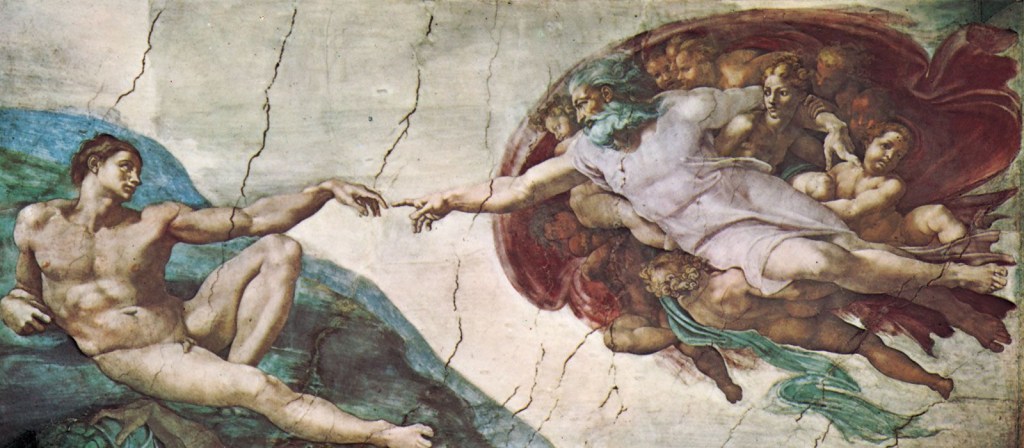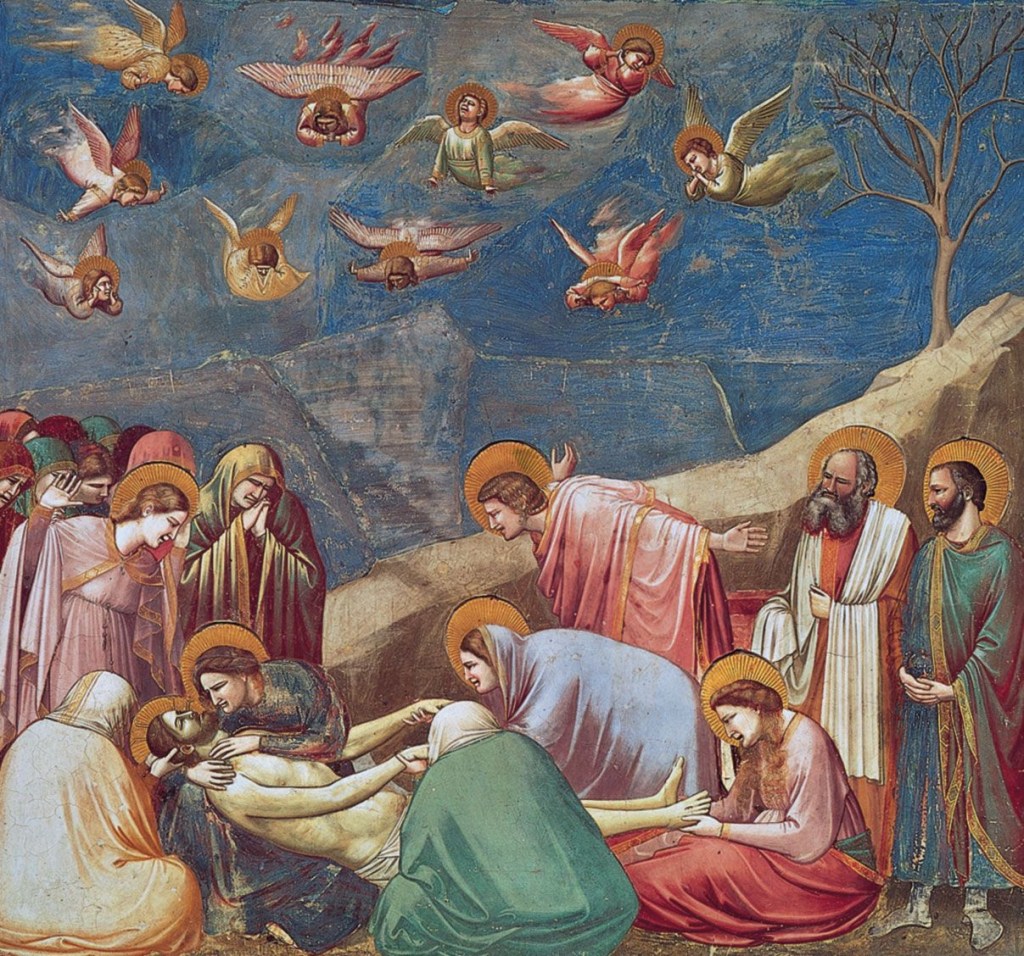The Intellectual and Artistic Creativity Renaissance: A Journey Through Time
Welcome to a world where intellectual and artistic creativity know no bounds. The Renaissance period, which spanned from the 14th to the 17th century, marked a remarkable resurgence of human curiosity, innovation, and expression. It was a time when thinkers, artists, and inventors pushed the boundaries of knowledge and embarked on a quest for truth and beauty. In this article, we will delve into the fascinating world of the intellectual and artistic creativity renaissance, exploring its origins, key figures, achievements, and lasting impact.
What is the Intellectual and Artistic Creativity Renaissance?
The intellectual and artistic creativity renaissance was a period of significant cultural and intellectual revival that emerged in Europe after the Middle Ages. It was characterized by a renewed interest in the arts, literature, science, philosophy, and exploration. This rebirth of ideas was fueled by the rediscovery of ancient Greek and Roman texts, which sparked a wave of intellectual curiosity and inspired new ways of thinking.
Who were the Key Figures of the Renaissance?
The Renaissance was marked by an incredible roster of brilliant minds who significantly contributed to the intellectual and artistic movements of the time. One of the most prominent figures was Leonardo da Vinci, an ingenious artist, scientist, and inventor who epitomized the Renaissance ideal of the Renaissance Man. His iconic artworks, such as the Mona Lisa and The Last Supper, continue to captivate audiences worldwide.

Image Source: britannica.com
Another influential figure of the Renaissance was Michelangelo Buonarroti, a renowned sculptor, painter, and architect. His masterpieces, including the Sistine Chapel ceiling and the sculpture of David, showcase his extraordinary talent and exemplify the period’s emphasis on humanism and the celebration of the human form.
When and Where did the Renaissance Occur?
The Renaissance originated in Italy in the 14th century and gradually spread throughout Europe, reaching its peak in the 16th century. Italian cities such as Florence, Rome, and Venice became vibrant centers of intellectual and artistic exchange, attracting scholars, artists, and patrons from all over the continent. The Renaissance spirit eventually spread to other European countries, including France, England, and the Netherlands, leaving an indelible mark on the history of art and culture.
Why did the Renaissance Occur?
Several factors contributed to the emergence of the Renaissance. The rediscovery of ancient texts, thanks to the efforts of scholars and humanists, provided a wealth of knowledge and inspiration. The fall of Constantinople in 1453 also played a significant role, as it led to an influx of Greek scholars into Europe, bringing with them Greek philosophy, literature, and art.

Image Source: britannica.com
Additionally, the Renaissance was fueled by the growing wealth and influence of the merchant class, who became avid patrons of the arts and sciences. Their support allowed artists and thinkers to pursue their passions and create groundbreaking works that shaped the course of history.
How did the Renaissance Impact Society?
The intellectual and artistic creativity renaissance had a profound and lasting impact on society. It sparked a wave of scientific discoveries, artistic innovations, and cultural transformations that shaped the modern world. The Renaissance period witnessed groundbreaking advancements in fields such as anatomy, astronomy, architecture, and engineering, leaving behind a rich legacy of knowledge and achievement.
Moreover, the Renaissance challenged traditional religious and societal norms, paving the way for the Enlightenment and the subsequent Age of Reason. It ushered in an era of critical thinking, individualism, and the pursuit of knowledge for its own sake.
Frequently Asked Questions (FAQ) about the Renaissance
Q: What were the major art forms during the Renaissance?
A: The major art forms during the Renaissance included painting, sculpture, architecture, and literature. Artists sought to depict the beauty of the natural world and the human form with a newfound sense of realism and perspective.
Q: How did the Renaissance influence literature?
A: The Renaissance saw a revival of classical literature, with writers drawing inspiration from ancient Greek and Roman texts. This led to the development of new literary forms and styles, such as the sonnet and the essay.
Q: Were women able to participate in the Renaissance movement?
A: While women faced societal limitations during the Renaissance, there were notable female figures who made significant contributions in various fields, including art, literature, and science. Examples include Artemisia Gentileschi, a prominent Baroque painter, and Christine de Pizan, a prolific French writer.
The Beauty of Intellectual and Artistic Creativity Renaissance
The intellectual and artistic creativity renaissance was a remarkable period in human history that celebrated the boundless potential of the human mind and spirit. It brought forth extraordinary individuals who pushed the boundaries of knowledge and artistic expression, leaving behind a legacy that continues to inspire and captivate to this day.
So, if you ever find yourself yearning for a glimpse into the world of profound ideas, captivating artistry, and boundless creativity, immerse yourself in the intellectual and artistic creativity renaissance. It is a journey that will ignite your curiosity, broaden your horizons, and remind you of the incredible capacity of human beings to create and explore.